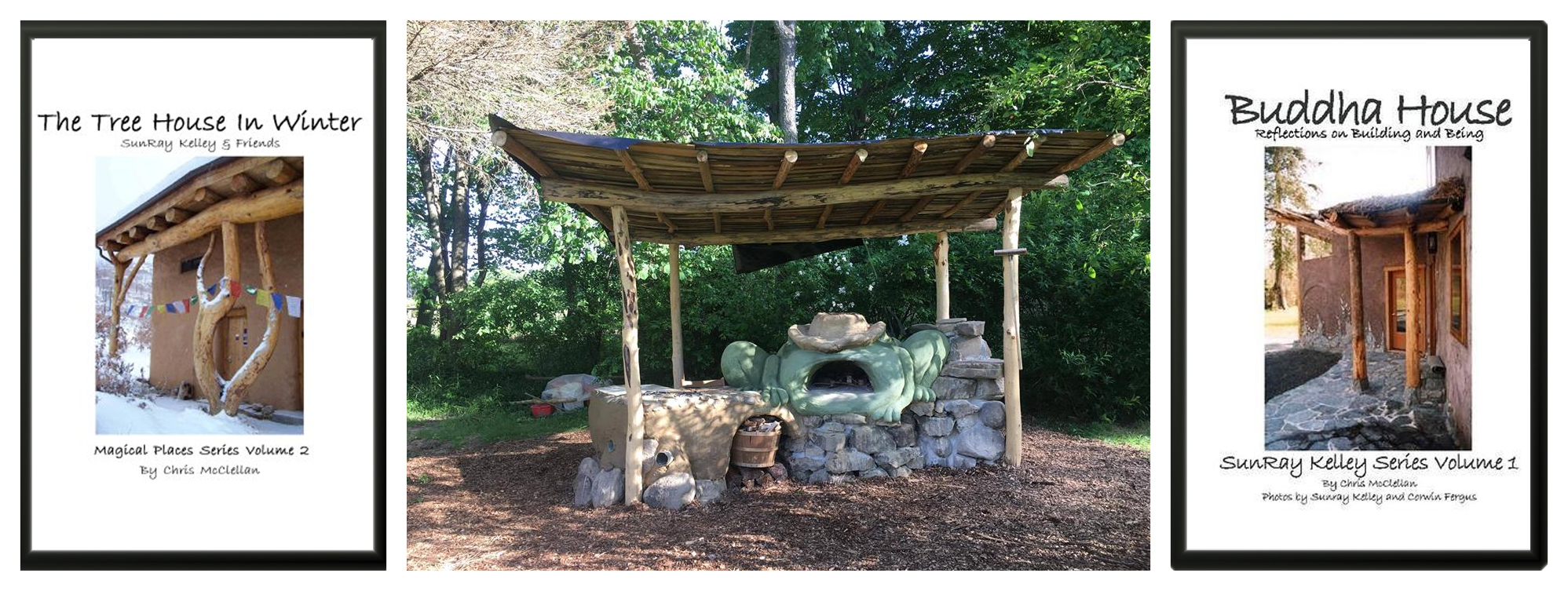
 10
10









 7
7




![Filename: ofuro1.jpeg
Description: [Thumbnail for ofuro1.jpeg]](/t/177797/a/173487/ofuro1.jpeg)
 4
4




Like my shiny badges? Want your own? Check out Skills to Inherit Property!
 6
6




Ashley Cottonwood wrote:I'm wondering how a rocket design could help with some of the issues I had with my wood heated hot tub.
I bought a house that had one, it was made by the previous owners. It took all day to heat the hot tub, feeding it wood for hours. Once it we brought the water up to temperature, it was easy to 'over heat' and we would then end up adding cold water.
It was hard to hit the "sweet spot" for temperature and it took a lot of wood and a lot of time to heat up!
 4
4




 11
11




 6
6




 2
2




 4
4




Permaculture and Homestead Blogging on the Traditional Catholic Homestead in Idaho! Jump to popular topics here: Propagating Morels!, Continuous Brew Kombucha!, and The Perfect Homestead Cow!
 7
7




Best luck: satisfaction
Greatest curse, greed
 3
3




 4
4








Jadie May wrote:My motorhome furnace pushes hot air directly outside. So I want to capture that poor design/lack of insight loss for a hot tub.
Jadie May wrote:The real need is for a cool water dunking or sitting pool in 120° summer, so in addition to figuring out how to get the hot air into the water (some way to attach a pipe wrapped in copper tubes?)
Jadie May wrote:I need to figure out how to clean the water (plants?) so the water (rain harvest is the only source other than delivery) can be used all year long and thus conserved, as I live in a desert.
 3
3




Ashley Cottonwood wrote:I'm wondering how a rocket design could help with some of the issues I had with my wood heated hot tub.
I bought a house that had one, it was made by the previous owners. It took all day to heat the hot tub, feeding it wood for hours. Once it we brought the water up to temperature, it was easy to 'over heat' and we would then end up adding cold water.
It was hard to hit the "sweet spot" for temperature and it took a lot of wood and a lot of time to heat up!



 3
3




Mark Persky wrote: I made a rocket stove hot tub and it takes about 2-3 hours to get ALL that water up to suitable temperature. On the plus side, it’s sort of like compound interest, in that the first hour or so the temperature doesn’t rise much. But as it warms and gets cycles back through the copper tubing buried within the cob, it’s fetter warmer and then hotter much faster. I use a laser thermometer and estimate when to stop feeding the stove.
Praying my way through the day
 3
3




 7
7




Jerry McIntire wrote:
Mark Persky wrote: I made a rocket stove hot tub and it takes about 2-3 hours to get ALL that water up to suitable temperature. On the plus side, it’s sort of like compound interest, in that the first hour or so the temperature doesn’t rise much. But as it warms and gets cycles back through the copper tubing buried within the cob, it’s fetter warmer and then hotter much faster. I use a laser thermometer and estimate when to stop feeding the stove.
Nice photo! How is the rocket heater set up/connected to the water in the tub? Is there another thread with information on your tub?
 5
5




You can follow my latest adventures at
https://www.unclemud.com
https://www.youtube.com/unclemud
https://permies.com/u/164246/Chris-McClellan
Buy my stuff at https://unclemud.com/store/
 2
2




 6
6




 8
8




 2
2




Best luck: satisfaction
Greatest curse, greed
 2
2




 4
4




Best luck: satisfaction
Greatest curse, greed
 2
2




Best luck: satisfaction
Greatest curse, greed
 1
1




paul wheaton wrote:
I think where the conversation is now: what if we make a hole in the ground, fill it with a lot of clay, and then add a bunch of rock with a sand and clay mortar. Then run a fire in that for about 18 hours to vitrify the clay. A drain in the bottom that is plugged with a simple rubber flap. Next to all of this is an unpressurized rocket water heater. We fill the tub with hot water and can add more hot water as time passes. It might take two to four hours to fill the first time, but later we can add a second water heater to cut the time in half.
Kinda wanna get feedback on whether the vitrification would take.
??
 2
2




paul wheaton wrote:what if we make a hole in the ground
 11
11




![Filename: Screen-Shot-2022-05-02-at-2.35.36-PM.png
Description: [Thumbnail for Screen-Shot-2022-05-02-at-2.35.36-PM.png]](/t/177797/a/176055/Screen-Shot-2022-05-02-at-2.35.36-PM.png)
Melding permaculture, homesteading, bau-biologie, holistic oncology nutrition and functional medicine since 1997. https://nutritional-solutions.me/onco.
 8
8




 2
2




 3
3





 1
1




Everything happens at the edges! ~ permaculture principle
See my solar and other books on Amazon: https://tinyurl.com/nh9sf8ph
 3
3








 2
2




 3
3




Best luck: satisfaction
Greatest curse, greed
 3
3




Dave Dahlsrud wrote:We live in a similar climate as The Lab and my thoughts go-to keeping that thing from freezing solid and cracking the sides out during the winter if there isn't a whole lot of usage. Could something like this rocket soaker maybe incorporated into a Truly Passive Greenhouse/WOFATI design or would the moisture/humidity be too much for a structure like that?
There is madness to my method.
"Life finds a way"- Ian Malcolm
"We're all mad here" - The Cheshire Cat






 4
4




Read about Permies.com site basics in this thread: https://permies.com/t/43625/Universal





